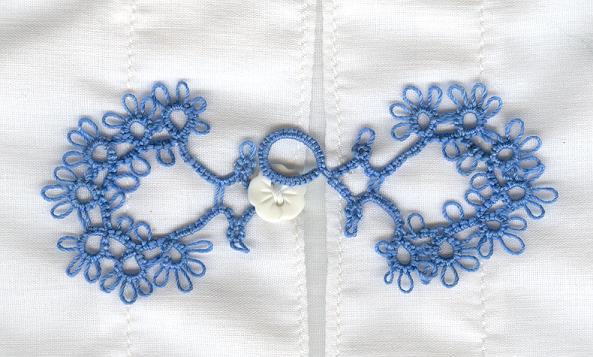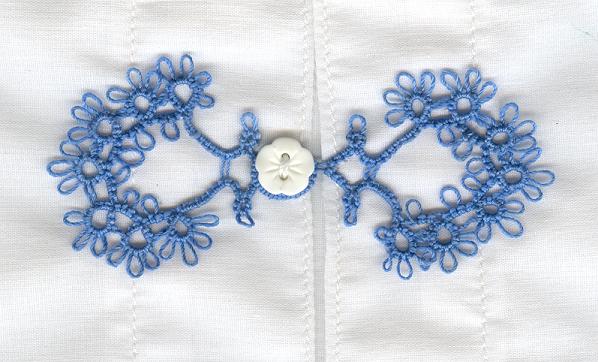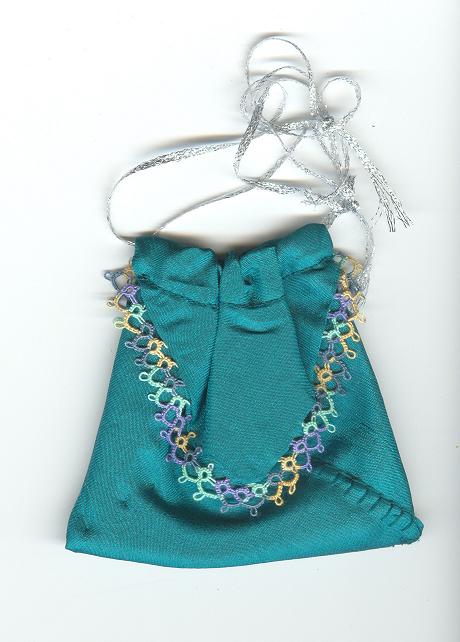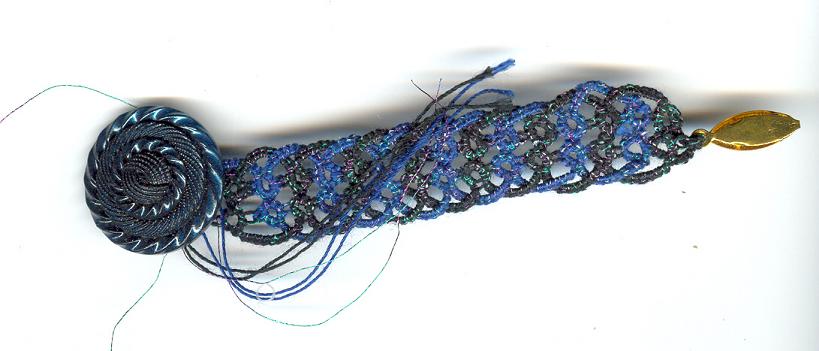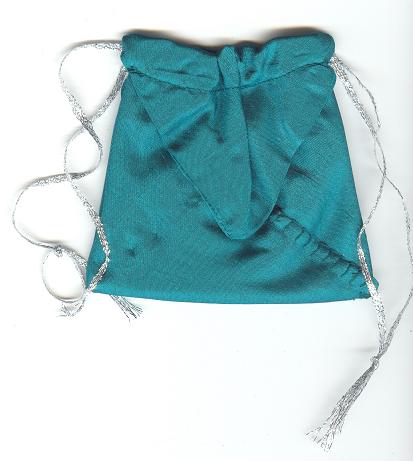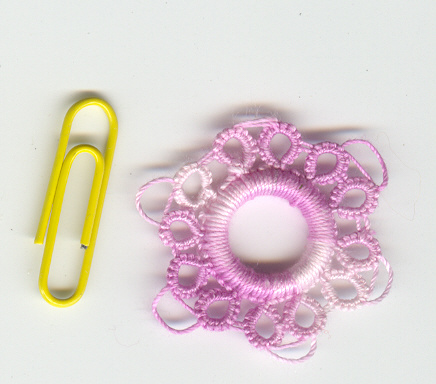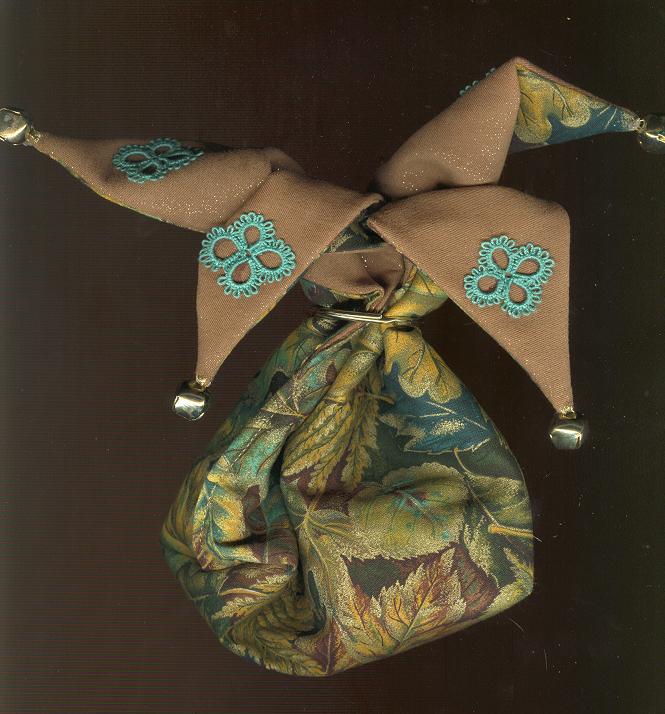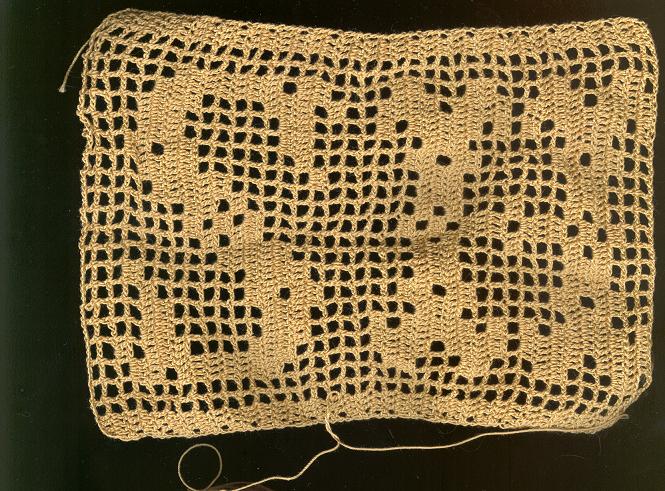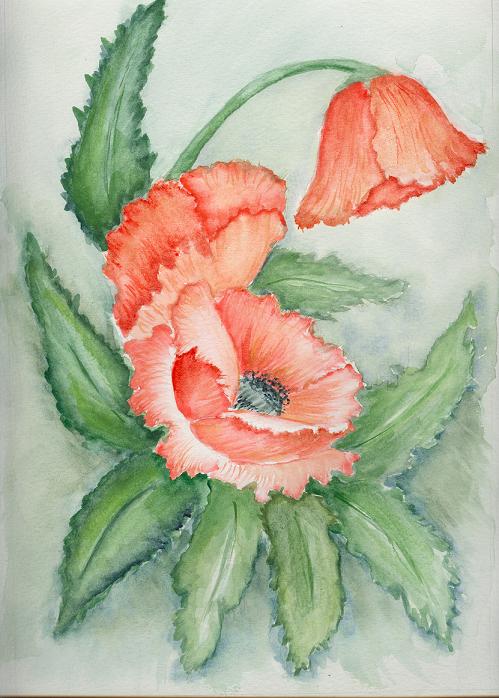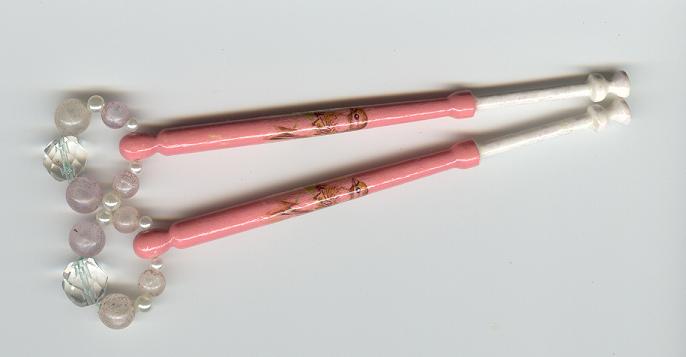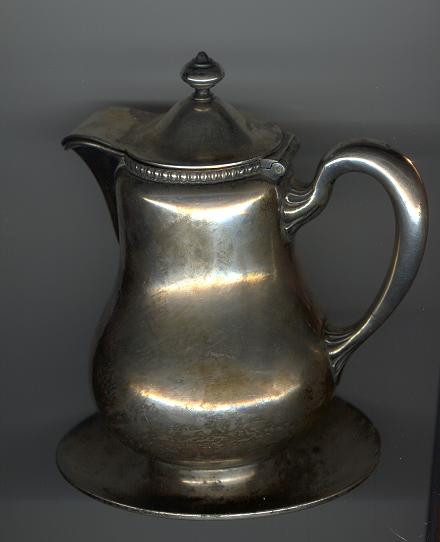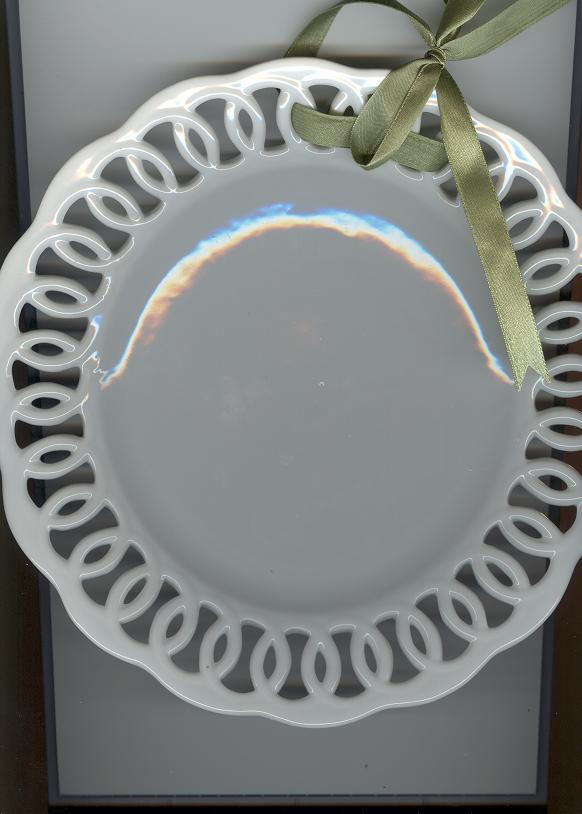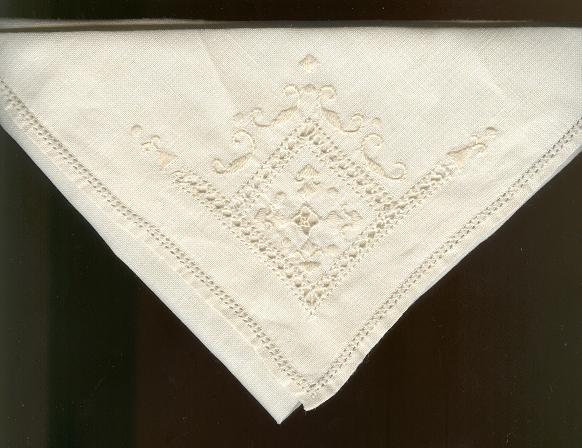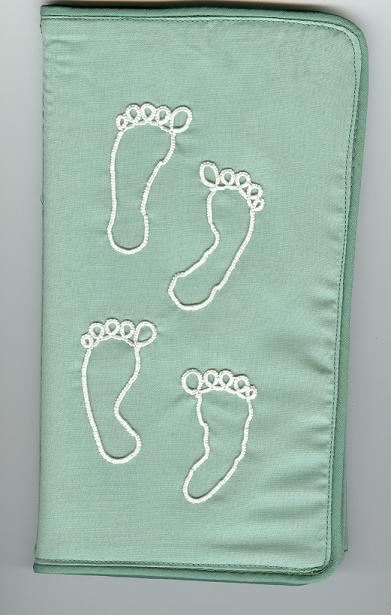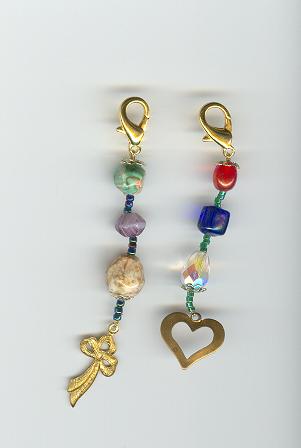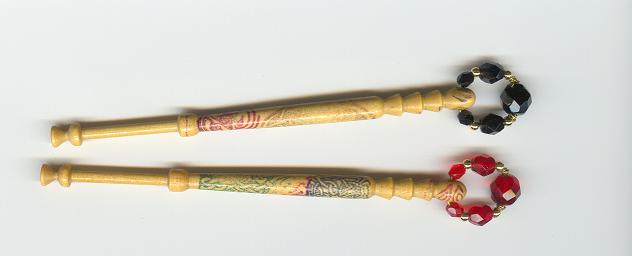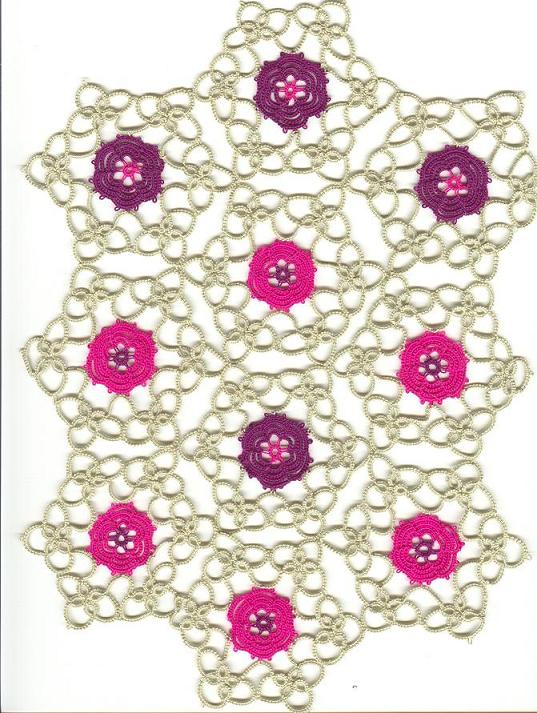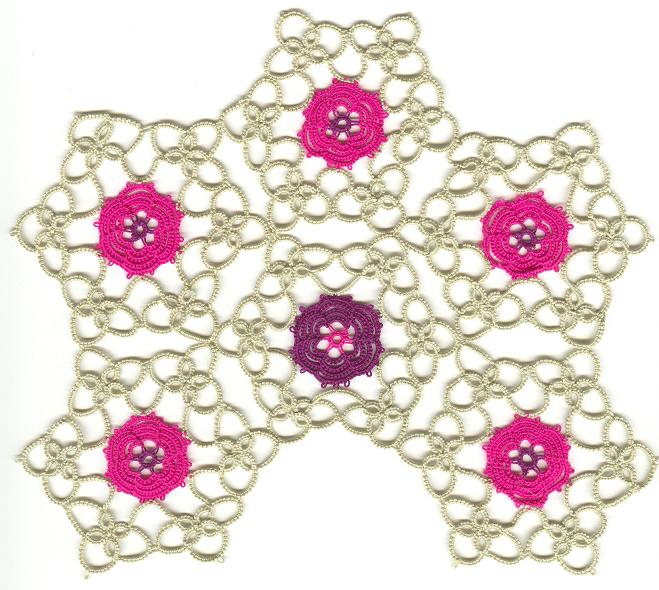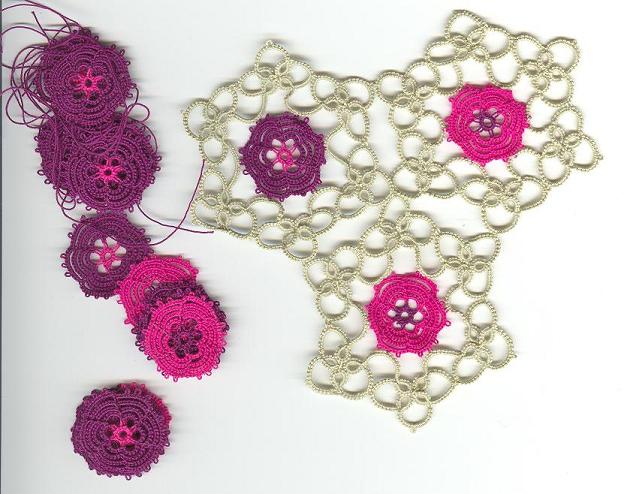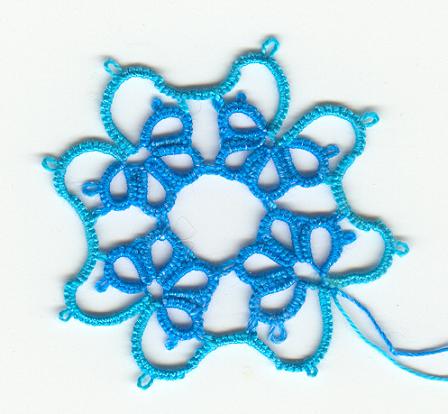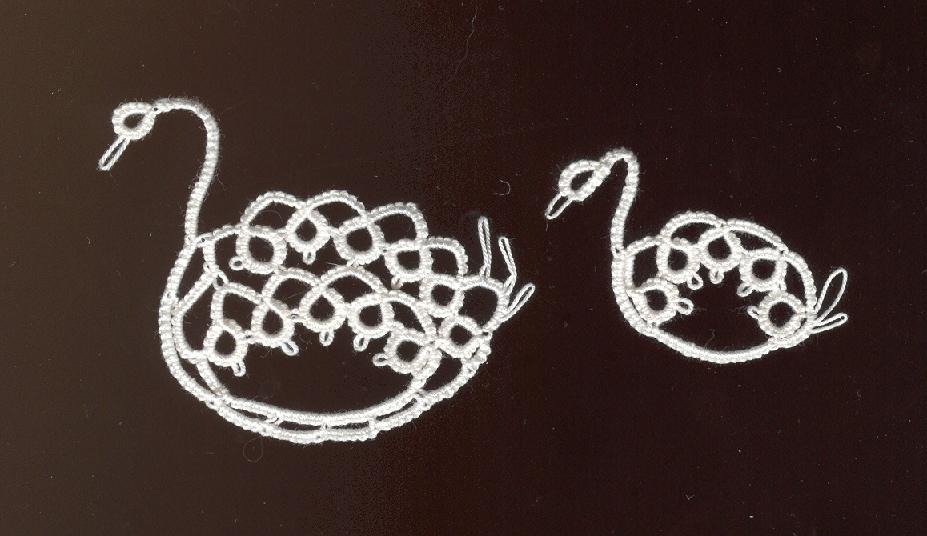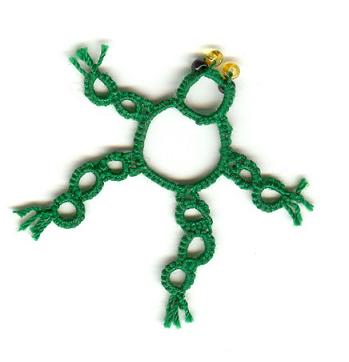A Needlecraft Goodie for My Friends
I won't have the opportunity to write in this, as far as I know, from June 2 - 9th. I also hate the idea that so many of my friends will not be able to go to Palmettos, so I thought I'd leave them with a challenging and unusual pattern.
This collar is comes from the February, 1914 issue of Needlecraft. I'm dying to try it, in colors, but it's going to be awhile before I have time. I finished copying the instructions last night and today I proofed it to make sure it's the same was the magazine. I tried to break it up so that the rings and chains are on separate lines to make it a little easier to follow. I noticed while proofing, that this pattern utilizes purl tatting, although it's not called that. I think you'll have to read the pattern through a few times to get the gist of it and you'll be on your own figuring out how it all goes together. The directions do tell you where to join, but you'll have to anticipate each part yourself.
I just love old patterns! I'm trying to imagine this made up in a rose for the roses, green for the fernleafs and bright colors for the flutters. I invite anyone who chooses to take up the challenge to send me a scan of their completed item and I'll feature it here. I would also like to see these motifs used in other ways. Would this make an edging on a mat? A placemant or rectangular doily? Anything!
Have fun!

A new and very pretty collar, of rose-and-fernleaf pattern, with also the butterfly border, is presented. Commencing with the fernleaf motif,
make a ring of 8 ds, p, 8 ds, clr;
make a chain of 6 ds, p, (2 ds, p) twice, 1 ds, j to p of ring, 1 ds, p, (2 ds,p) twice, 6 ds, j to base of ring;
make 2 more double leaves in the same way, joining last chain by side p to preceding ch, so the fern will curve slightly at the tip.
This gives you a cloverleaf, in effect, the tip and two side “fronds” of the fern. If preferred the double leaf need not be joined; simply make the r of 17 ds and surround it with 6 ds, p, (2 ds, p) 6 times, 6 ds. All double leaves are made in like manner, varying in size only. The stem may be a plain chain, but in the model is a double chain, made with three threads. [purl tatting] Join in the 3rd thread at base of the cloverleaf, hold it straight, as you do the thread in making a chain, winding around third or little finger, make a ds on it with one shuttle, then with the other, on the other side. It is very easy to do, once the “knack” is caught, and forms a very pretty and durable stem or cord. If picots are put in at regular intervals it very much resembles the featheredge braid and may be used in the same way. (Made) of coarse thread or cord, it makes a firm drawstring for shopping bags or other uses.
Make the stem of 4 ds (8, if counted on both sides),
R of 18 ds (or 9ds, p, 9ds, if you join at the top) surrounded by 6 ds, p (2 ds, p) 8 times, 6 ds; make the same opposite,
then a stem of 5 ds (counting one side only),
R of 20 ds, surrounded by 7 ds (joined always to side picot last made) p, (2 ds, p) 8 times, 7 ds.
Make the double leaf or frond opposite, thus having seven in all,
then a stem of 11 ds, p, (3 ds,p) 3 times, 13 ds; fasten off the 3rd thread.
R of (4 ds,p) 5 times, 4 ds, close; ch 4 ds, fasten in 1st p, a double ring like the last 2 of the fern, 4 ds, fasten in the next p, repeat until you have the 5 petals of leaflets, 4 ds, join at base of ring and fasten off. Join to fern by middle picots of 2 surrounding chains.
Make a 2 d fern in the same manner as the 1st, joining to the rose as on the other side and finished with a stem of 7 ds (counting on the outer side only), picot, (3 ds, p) twice, 6 ds and j to previous long stem in 7th ds below the rose. Fasten off.
Seven of these motifs (the rose with fern on each side) are required for the collar. Join the ferns by middle picot of 1st chain from the base.
For the butterfly:
Commence with a ring of 5 ds, (p, 5 ds) 3 times, clr;
Ch of 6 ds, (p, 6 ds) 3 times, fasten again at base of ring;
R of 4 ds, p, (3 ds, p) 4 times, 9 ds, clr.
Ch of 6 ds, fasten in side p of looped chain (last made), 6 ds, fasten to side p of ring, 6 ds, p, 6 ds,
R of 11 ds, p, 11 ds, clr
Ch (6 ds, p) twice, 6 ds, j to p of ring last made, (6 ds, p) twice, 6 ds, join to side p (opposite first joining) of 2nd ring back, 7 ds, j at base of same ring; 5 ds, j to side p of 1st ring made,
R of 10 ds, p, 10 ds, p, 5 ds, j over p which connects last p of long chain (forming wing) to 2nd of 1st 3 rings made, 6 ds, j to next p of long chain above, 3 ds, p, 3 ds, j to p of last ring made, (3 ds, p) 3 times, 6 ds, j at base of ring, 5 ds, j to middle p of center ring.
Make the other side, large and small wing, in exactly the same way. For the other edge , fasten in the middle p of looped chain, and for head of butterfly make a r of 9 ds, long p, 4 ds, long p, 9 ds, clr.
Chain of 5 ds, j to same p of ring with the long chain of wing, (1 ds, p) 7 times, forming a picot-chain, fasten to next p of wing picot-chain, fasten at base of upper ring, picot-chain, fasten in next picot of wing chain, chain of 13 p, separated by 1 ch, fasten in next p, then a short ch as before (of 7 p) joined at top of same upper ring, where 2 sections of long chain are joined, (picot-chain, fasten in next picot) twice, the last p being that which connects large and small wing; now a ch of 3 ds, p , 3 ds;
R of 4 ds, j to next p of small wing, 4 ds, clr
Ch of 3 ds, p, (2 ds, p) twice, 3 ds, another tiny ring, joined to next p,
Repeat until you have 5 rings, make a chain as before, join to p of center ring (first made), and repeat around the other side, ending with chain of 5ds, joined at base of ring which forms the head of butterfly. Fasten off neatly and securely.
Seven butterflies are required, each joined by middle picot of short picot-chain next the tip of the wing to the middle picot at tip of the fern each side. The space between butterflies is filled by a rose, like those described but without stem.
Make the center ring of 2 ds, p, (4 ds, p) 4 times, 2 ds, clr.; this makes the petals equidistant.
Chain of 2 ds, fasten in 1st picot, and proceed as directed ending with 2 ds, joined at base of ring. Join a rose to middle p of tip of wing, by middle p of double petal each side, leaving two free petals below and one above.
For the upper edge: Make a double ring as directed for tip of fern, joining by 3rd p to side p of lower outer “frond” of the fern; join in the 3rd thread, make 3 ds, (as directed for stem), counting only on one side, , join to p of stem next below fern (3 ds, p, 3 ds, j to next p of stem) 5 times, 3 ds, make a ring as before, joining between the two ferns, 3 ds (again using the 3rd thread), and repeat, ending with the double ring, joined as directed; turn.
Using the 3rd thread, make a ch of 14 ds, j to p of last row, 7 ds, j to next p, and repeat, increasing length of chain by a knot of two if require. Along upper edge make p separated by 7 ds, and join last chain at base of ring at other end of collar.
Make a chain of 7 ds, then drop 3rd thread; *chain of 6 ds, p, 6ds
Ring of 11 ds, j to p of last row, 11 ds, clr
Repeat the length, ending row as begun.
Still using 3rd thread, ch 7 ds, fasten; repeat across and fasten off.
 Threads From a Tatting Goddess
Threads From a Tatting Goddess

